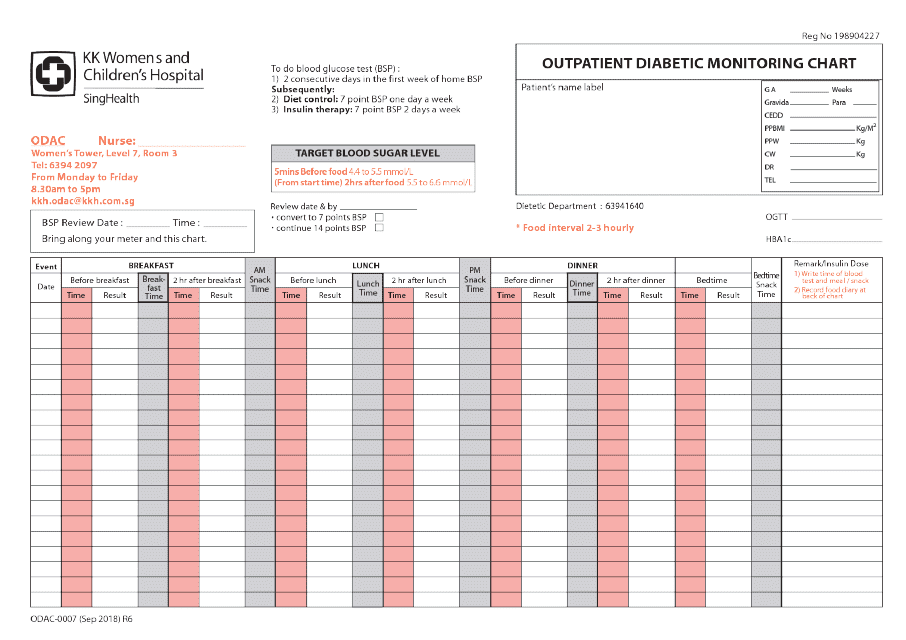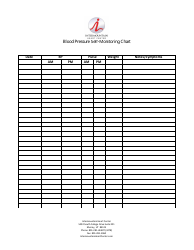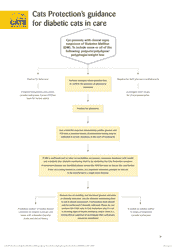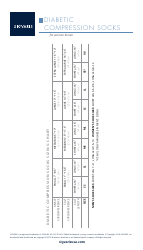Outpatient Diabetic Monitoring Chart
The Outpatient Diabetic Monitoring Chart is used to track and document key health metrics of diabetic patients who are receiving care outside of a hospital or clinic setting. It helps healthcare providers monitor important parameters such as blood glucose levels, medication dosage, diet, exercise, and other relevant information to guide appropriate treatment plans.
The outpatient diabetic monitoring chart is typically filed by the healthcare provider or medical facility where the patient receives their diabetes care and treatment.
FAQ
Q: What is an outpatient diabetic monitoring chart?
A: An outpatient diabetic monitoring chart is a tool used to keep track of a diabetic patient's blood sugar levels, medication, meals, and other relevant information outside of a hospital or healthcare facility.
Q: Why is an outpatient diabetic monitoring chart important?
A: An outpatient diabetic monitoring chart is important because it helps diabetic patients and their healthcare providers monitor and manage their condition on an ongoing basis.
Q: What information is typically recorded on an outpatient diabetic monitoring chart?
A: Typically, an outpatient diabetic monitoring chart records the patient's blood sugar levels, medication doses and timing, food intake, physical activity, and any symptoms or events related to their diabetes.
Q: How can an outpatient diabetic monitoring chart help with diabetes management?
A: An outpatient diabetic monitoring chart helps with diabetes management by providing a clear record of the patient's blood sugar levels, medication adherence, and lifestyle factors. This information can help identify patterns, make necessary adjustments to the treatment plan, and improve overall diabetes control.






